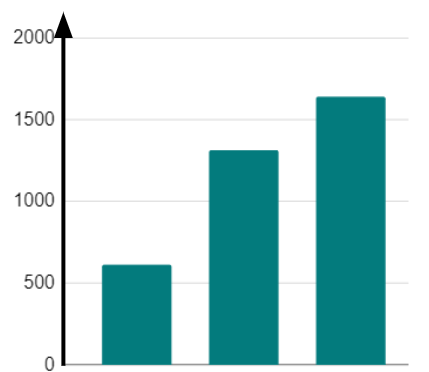Myths about teaching can hold you back
- Year 8
Statistical problems - data presentations
I can choose appropriate representations to explore a statistical problem.
- Year 8
Statistical problems - data presentations
I can choose appropriate representations to explore a statistical problem.
These resources will be removed by end of Summer Term 2025.
Switch to our new teaching resources now - designed by teachers and leading subject experts, and tested in classrooms.
These resources were created for remote use during the pandemic and are not designed for classroom teaching.
Lesson details
Key learning points
- Graphical representations should effectively represent the data.
- Some graphical representations are easier to understand than others.
- Graphical representations may be chosen to emphasise a particular conclusion.
Keywords
Pictogram - A pictogram (pictograph) is a graph consisting of pictures to visually represent the frequency of objects or groups.
Bar chart - A bar chart (bar graph) is a graph consisting of bars visually representing the frequency of objects or groups.
Scatter graph - A visual representation for bivariate data. It can be useful when determining the nature of the relationship between two variables
Pie chart - A bar chart (bar graph) is a graph consisting of bars visually representing the frequency of objects or groups
Common misconception
You always need to start the axis of a scatter graph at (0,0).
The axis of a scatter graph should use a scale that makes the points as clear to see as possible, without distorting the shape of the data.
To help you plan your year 8 maths lesson on: Statistical problems - data presentations, download all teaching resources for free and adapt to suit your pupils' needs...
To help you plan your year 8 maths lesson on: Statistical problems - data presentations, download all teaching resources for free and adapt to suit your pupils' needs.
The starter quiz will activate and check your pupils' prior knowledge, with versions available both with and without answers in PDF format.
We use learning cycles to break down learning into key concepts or ideas linked to the learning outcome. Each learning cycle features explanations with checks for understanding and practice tasks with feedback. All of this is found in our slide decks, ready for you to download and edit. The practice tasks are also available as printable worksheets and some lessons have additional materials with extra material you might need for teaching the lesson.
The assessment exit quiz will test your pupils' understanding of the key learning points.
Our video is a tool for planning, showing how other teachers might teach the lesson, offering helpful tips, modelled explanations and inspiration for your own delivery in the classroom. Plus, you can set it as homework or revision for pupils and keep their learning on track by sharing an online pupil version of this lesson.
Explore more key stage 3 maths lessons from the Numerical summaries of data unit, dive into the full secondary maths curriculum, or learn more about lesson planning.

Licence
Prior knowledge starter quiz
6 Questions
Q1.Match each graph to its description.
represents frequencies with bars
represents frequencies with contextual images and a key
circular graph representing different groups proportionally
represents bivariate data as coordinates on a grid
Q2.What type of correlation does the scatter graph show?
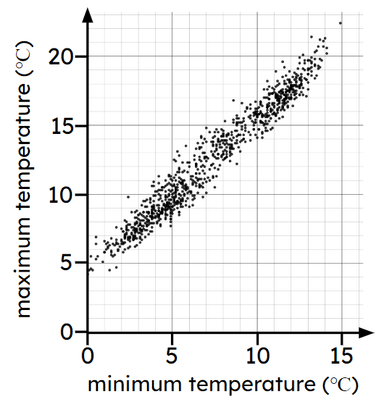
Q3.How many giraffes are represented in the pictogram? giraffes
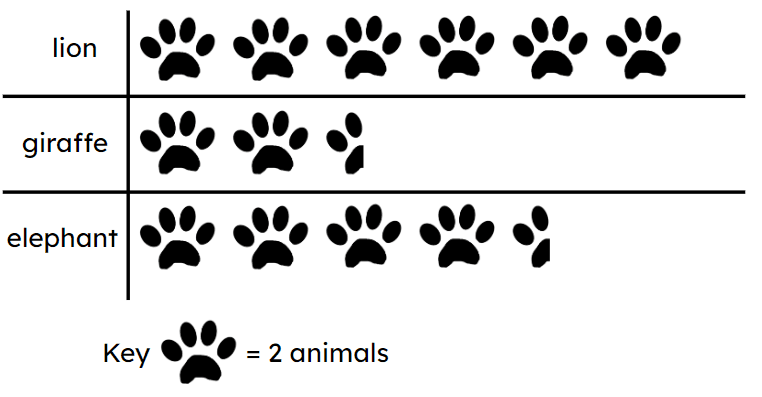
Q4.The pie charts show the types of potato served by school canteens in two locations. Which statement is always true for the data represented in the pie charts?
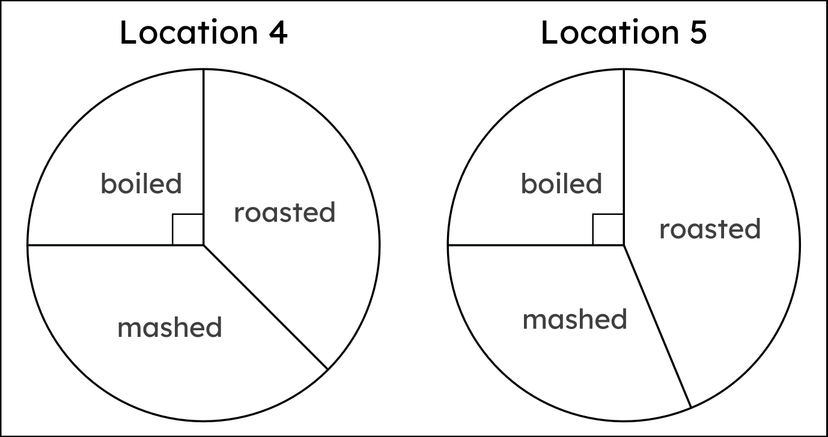
Q5.Which place had the same number of visitors on both Saturday and Sunday?
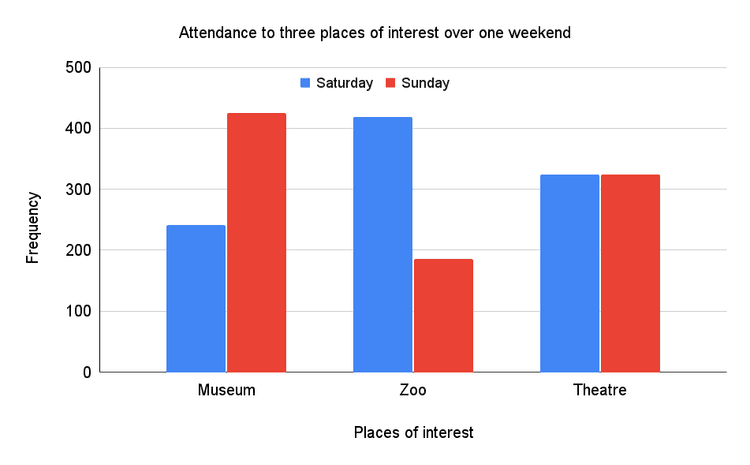
Q6.This line graph shows data about journey times to work over a week. The median journey time is minutes.
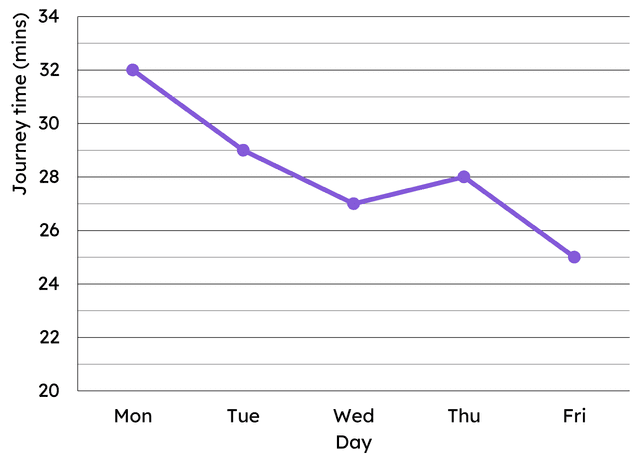
Assessment exit quiz
6 Questions
Q1.Which type of graph would be the most appropriate for showing correlation between bivariate data?
Q2.Which type of graph visually illustrates the context of the data as well as the frequencies?
Q3.Which type of graph would be the most appropriate for showing how a single variable has changed over time?
Q4.True or false: the scale on scatter graphs always needs to start at zero.
Q5.Which type of graph would be inappropriate for representing the data in the table?
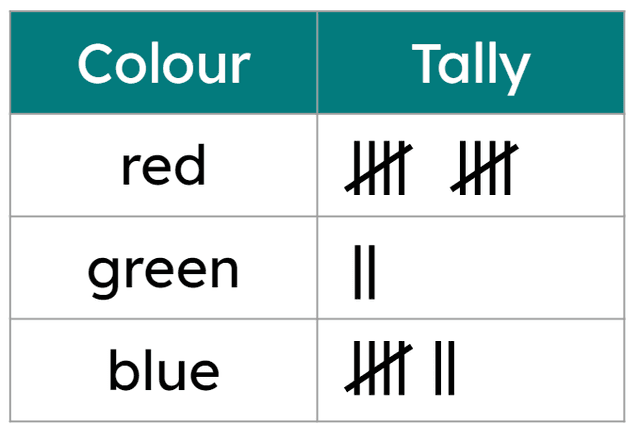
Q6.Which elements are missing from this bar chart?
